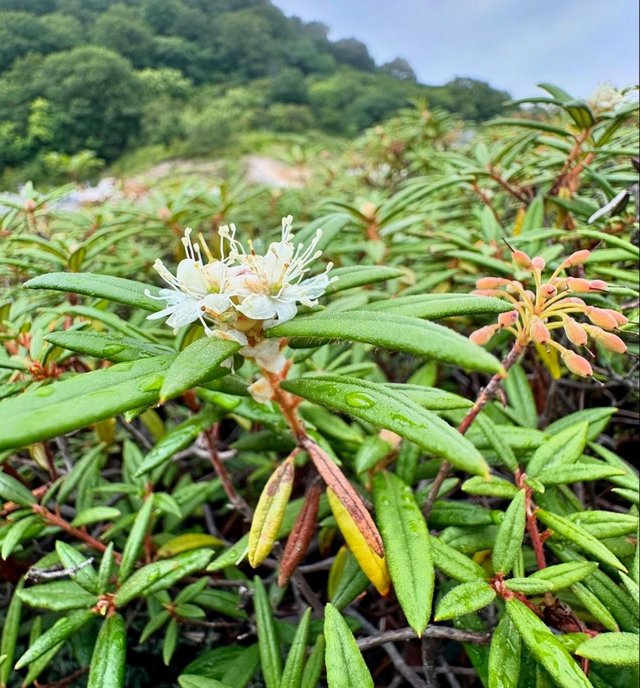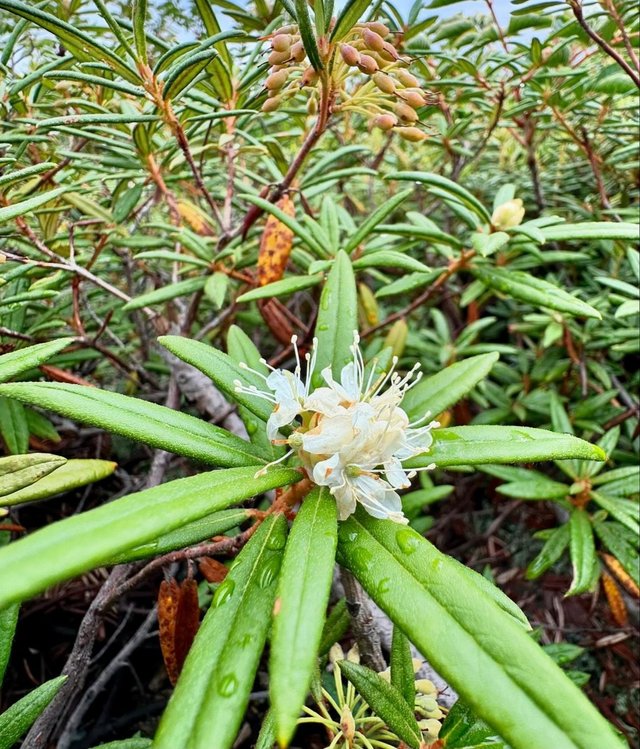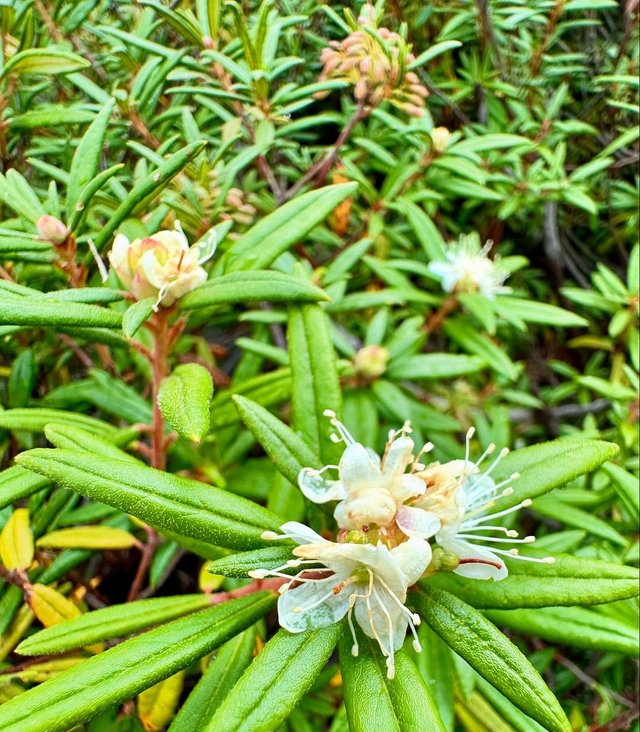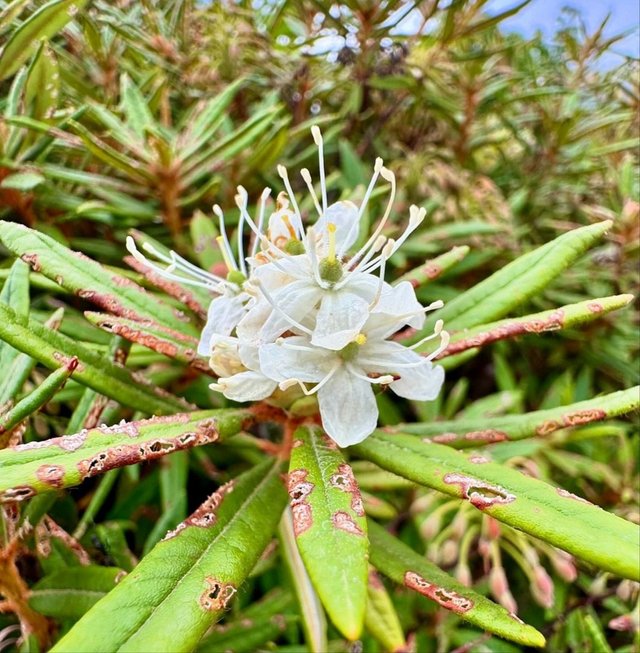Marsh Labrador Tea So Amazing
Exploring Marsh Labrador Tea: A Journey into the World of a Wild and Medicinal Plant
Marsh Labrador Tea (Rhododendron groenlandicum), also known as Northern Labrador Tea, is a fascinating plant that has been used for centuries by Indigenous peoples and herbalists alike. This evergreen shrub, native to the cool, boggy regions of North America, particularly in Canada and Alaska, is revered for its medicinal properties, unique flavor, and ecological importance. In this post, we'll delve into the rich history, botanical characteristics, traditional uses, and modern-day relevance of Marsh Labrador Tea.
Botanical Characteristics and Habitat
Marsh Labrador Tea is a low-growing shrub that typically reaches heights of 30 to 120 centimeters (1 to 4 feet). It thrives in wet, acidic soils and is commonly found in peat bogs, wetlands, and tundra regions. The plant is easily recognized by its leathery, dark green leaves, which are about 2 to 5 centimeters (0.8 to 2 inches) long, with a distinctive rusty, woolly underside. The leaves are evergreen, retaining their color throughout the year, and emit a strong, aromatic scent when crushed.
In late spring to early summer, Marsh Labrador Tea produces clusters of small, white, or pale pink flowers. These delicate blooms are not only visually striking but also attract a variety of pollinators, including bees and butterflies. After flowering, the plant produces tiny seed capsules, which are dispersed by the wind.
Traditional Uses
For thousands of years, Indigenous peoples of North America have used Marsh Labrador Tea for its medicinal properties. The plant was, and still is, highly valued in traditional medicine. The leaves were often brewed into a tea to treat a variety of ailments, including colds, coughs, and digestive issues. The tea was also used as a general tonic to promote overall health and well-being.




